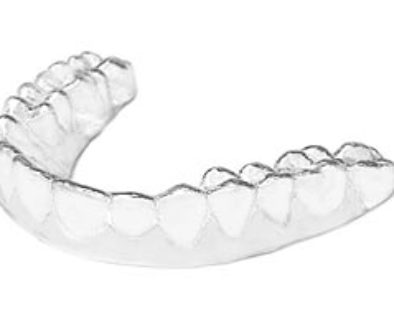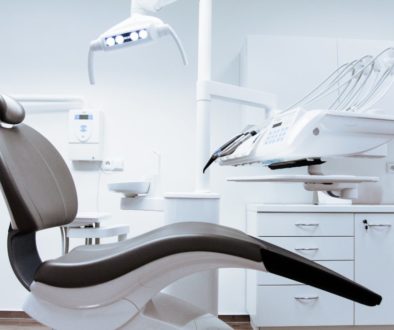Laughing Gas
 Nitrous oxide (N2O), more commonly known as laughing gas, is the most common sedative used in dental offices to help patients deal with anxiety and make treatment more comfortable. It was first discovered by a dentist named Horace Wells in 1844 and slowly came into more common usage over the years.
Nitrous oxide (N2O), more commonly known as laughing gas, is the most common sedative used in dental offices to help patients deal with anxiety and make treatment more comfortable. It was first discovered by a dentist named Horace Wells in 1844 and slowly came into more common usage over the years.
What Effect Does Laughing Gas Have?
The most important effects of laughing gas are it’s anxiolytic (anxiety reducing) and analgesic effects (reducing the sensation of pain). The maximal effects are reached within 3-5 minutes after breathing it and fade in about the same amount of time after stopping the flow of the gas. You can drive yourself immediately afterwards unlike all other sedative medications.
What Does Laughing Gas Feel Like?
There are a range of sensations you might experience with laughing gas. Everyone’s body processes it a little differently so your experience might be a little different than someone else. The most common sensations are a floating feeling, sleepiness, a tingling or numb feeling of your lips, hands, or feet, and distortion of sounds.
Who Is A Good Candidate For Laughing Gas?
Laughing gas is arguably one of the safest sedative medications used today and there are very few situations in which it absolutely can’t be used. When administered by a health care provider it is always delivered with a minimum of 30% oxygen. For comparison, the air at sea level contains about 20% oxygen.
Children and adults with mild to moderate anxiety about dental procedures usually benefit the most from the effects.
People with severe claustrophobia may not be able to tolerate it because several hoses attached to a nose breathing apparatus are placed over your nose.
Pregnant women shouldn’t have laughing gas (see below).
Are There Any Short Term Dangers With Laughing Gas?
Women who are pregnant shouldn’t have laughing gas or be in the same room when it is being administered. Some older studies showed an increased risk of miscarriage with exposure to it. A lot of these studies were done in operating room environments before nitrous oxide scavenging systems were developed. The scavenging systems significantly reduce the amount of nitrous oxide that is released into the air.
People with a vitamin B12 deficiency shouldn’t have laughing gas. Nitrous oxide deactivates a certain form of B12 in the body. Significant deficiency of B12 can cause degeneration of the nerves in your brain and the rest of your body. This isn’t a danger for most people because they have an excess amount of B12 built up in their body. Occasional use of nitrous oxide for dental or medical procedures isn’t enough to deplete normal stores of B12.
Are There Any Long Term Dangers With Laughing Gas?
As with people with a B12 deficiency, long term abuse of nitrous oxide depletes stores of B12 in the body and can lead to serious neurological damage. This usually starts with tingling in your extremities and progresses to tremors, muscle weakness, and brain damage over time. The treatment of a B12 deficiency is with IV administration of vitamin B12. Even with treatment, recovery from the effects can be very slow and some of the damage can even be permanent.



